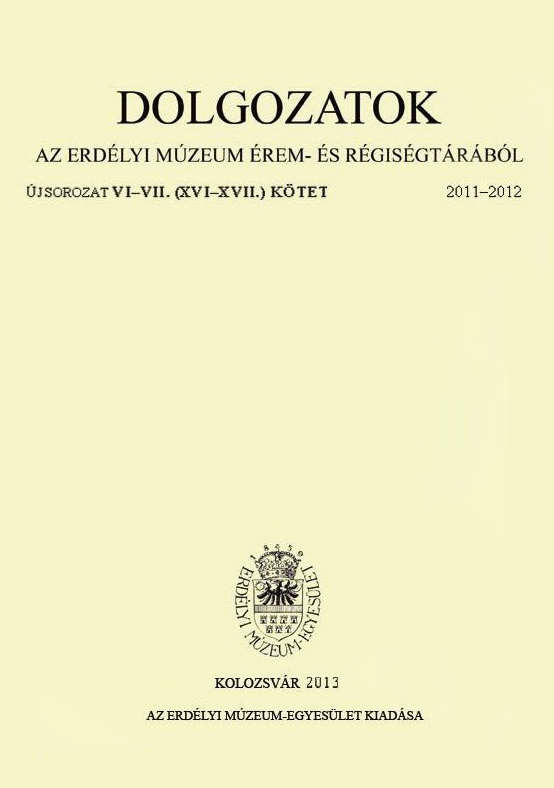Szent László ábrázolásairól
On the Representations of St. Ladislaus
Author(s): József LángiSubject(s): Cultural history, Visual Arts, Social history, Middle Ages
Published by: Erdélyi Múzeum-Egyesület
Keywords: St. Ladislaus-fresco; Homoródkarácsonyfalva; medieval frescoes; Sajószentkirály; Baroque engraving
Summary/Abstract: During restoration researches an increasing number of medieval depictions of King St. Ladislaus are becoming known. A number of these depictions differ significantly from the well known and ordinary types ichnographically. The frescoes of Ecel (Aţel, Hetzeldorf) and Oklánd (Ocland) are outstanding as in these frescoes an angel places the crown on to the saint's head. This representation of the scene of the battle of Kerlés (Chiraleş) – with this strengthening of the king's legitimization – was not known till now. After the thorough analysis of the Legend of St. Ladislaus on the fresco of Homoródkarácsonyfalva (Crăciunel) it has become verified that this 14th century fresco was painted by the same painter as the one painted the legend in Homoródszentmárton (Mărtiniş), in Gelence (Ghelinţa) as well as in Sepsibesenyő (Pădureni). Only in the paintings of this painter appears the opening scene that was previously interpreted as “The Audience” in which a kneeling figure appears in front of the king. On the northern walls of the Reformed Church of Huszt (Хуст, UKR) a fresco of the three Hungarian saint kings was found. The picture is dated to the first decades of the 15th century. Uniqueness of their weaponry is that their swords and daggers are connected to their breastplates with a chain. We can find these kind of representations in Western Europe mostly on tombs from the middle and the end of the 15th century. However, only two of this particular image are known in the historical Hungary. The first one is Siklós (HU) where we can find it on the tomb slab of Palantine Miklós Gara. The other one appears on the frescoes of Feketeardó where we can see a similar sword and dagger connected with the breastplate by a chain. Apart from the frescoes from the Middle Ages we also present two engravings and an altarpiece from the Baroque. On these pictures we can find rare and also important iconographic motifs. In an engraving of Andreas Brunner's 17th century volume there is a dual representation of the text of the legend from the Middle Ages. Also we can recognize a 17th century composition in an engraving by J.E. Mansfeld in Antal Gánóczy's book of the foundation of the episcopate of Várad (Oradea) by St. Ladislaus.
Journal: Dolgozatok az Erdélyi Múzeum Érem- és Régiségtárából. Új sorozat
- Issue Year: 2012
- Issue No: VI-VII
- Page Range: 191-208
- Page Count: 18
- Language: Hungarian

